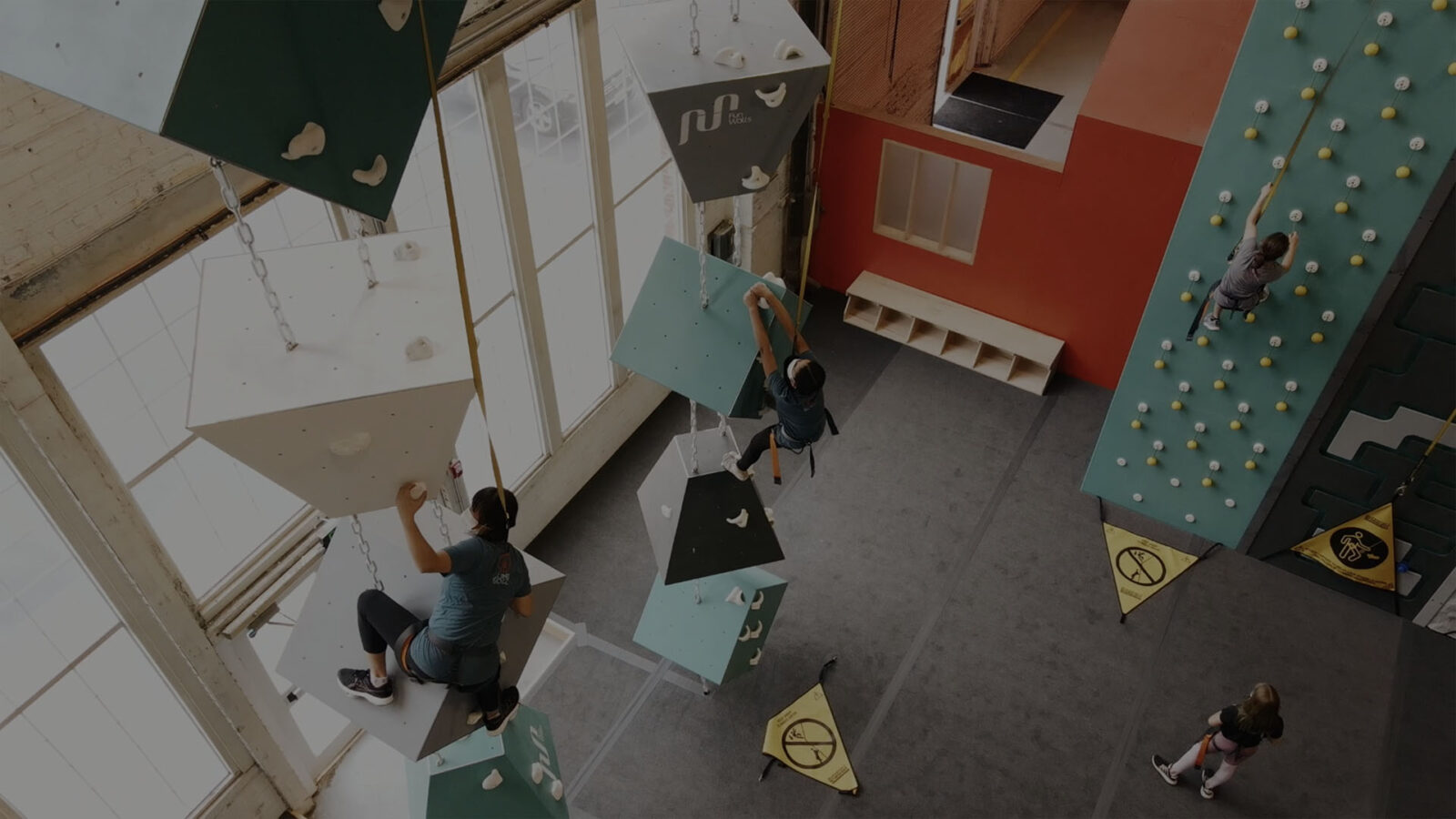

We also did not find any studies assessing the influence of the AS on the body position at the beginning of the accelerating phase of the takeoff.

Yet, we did not find studies investigating the effect of the AS on the three phases of the CMVJ ( Figure 1) or the moment when the AS starts contributing to the jump height. Our literature review has confirmed the positive effect of the AS on CMVJ performance in various population groups. A jump is optimally performed with an AS when the arms are moved in the same direction as the jumping movement itself ( Hara et al., 2008). The positive influences of the AS on the VGRF curve have been demonstrated in all three of the involved joints (ankle, knee and hip) during the final phase of takeoff ( Lees et al., 1996, 2004a). During vertical jumping, the arms, in terms of the vertical movement of their center of gravity (COG), first move downward toward the ground, thereby reducing the pressure on the ground, which is a negative effect, and then move upward in the takeoff direction, which increases the pressure on the ground and so is a positive effect ( Lees and Barton, 1996). Many studies have investigated how the AS influences the magnitude of the vertical ground reaction force (VGRF) ( Dapena, 1988 Feltner et al., 2004 Lees and Barton, 1996). The arm swing (AS) during the CMVJ can reportedly increase the velocity of the takeoff by at least 6% relative to without an AS ( Harman et al., 1990 Lees et al., 2004a Luhtanen and Komi, 1978 Shetty and Etnyre, 1989) and increase the jump height (JH) by 15% or more ( Feltner et al., 1999 Harman et al., 1990 Lees et al., 2004a, 2004b). Numerous studies have demonstrated that appropriate arm movements can increase both the takeoff velocity and the height of the jump ( Feltner et al., 2004 Harman et al., 1990 Lees et al., 2004a, 2004b). How the CMVJ is performed is influenced by the combined effects of eccentric and concentric muscle contractions in the involved joints (ankle, knee and hip), called the stretch-shortening cycle, as well as by whether or not the arms are swung in the takeoff phase ( Bosco and Komi, 1979 De Villarreal et al., 2009 Lees et al., 2004a). In volleyball the CMVJ is a key movement of the jump serve, jump set, block jump and spike jump ( Sheppard et al., 2008).
#Gravity lab jump full#
Volleyball players typically utilize a full arm swing whereby the arms are initially swung backward and then moved forward with the elbows fully extended during the CMVJ ( Neves et al., 2011). These can be performed as countermovement vertical jumps (CMVJs) with or without an approach step ( Ziv and Lidor, 2010) and with different arm positions ( Neves et al., 2011). Volleyball players perform vertical jumps frequently during practices and games in various defensive and offensive maneuvers ( Kenny and Gregory, 2006 Papageorgiou and Spitzley, 2003). These findings can be used to improve performance of the CMVJ with the AS and in teaching beginning volleyball players proper jumping technique. The AS did not influence the body position at the beginning of the accelerating phase. The AS upward began at 76% into the overall jump duration. The AS also significantly increased the average force during the accelerating phase as well as the accelerating impulse.

The AS significantly shortened the braking phase and prolonged the accelerating phase, however, it did not influence the preparatory phase or the overall jump duration. The AS improved the CMVJ by increasing the jump height by 38% relative to jumping without an AS. The time and force variables were evaluated based on the VGRF, and the position of the body and the trajectory of the arm movement were determined using kinematic analysis. Kinetics and kinematics data were collected using two Kistler force plates and the C-motion system. Eighteen elite volleyball players performed three CMVJs with and without an AS. The study assessed how the AS influenced the duration and magnitude of the vertical ground reaction force (VGRF) during the main phases (preparatory, braking and accelerating) of the countermovement vertical jump (CMVJ), the starting position of the body at the beginning of the accelerating phase and the moment when the AS began contributing to increasing the jump height. The aim of this study was to determine how elite volleyball players employed the arm swing (AS) to enhance their jump performance.


 0 kommentar(er)
0 kommentar(er)
